Disclaimer: This post may contain Amazon affiliate links. Sudachi earns a small percentage from qualifying purchases at no extra cost to you. See disclaimer for more info.
- Carbon Steel Pan: River Light “Kiwami” (28cm), “Kiwami Pro” (20cm)
- Stainless Steel Pan: VitaCraft Arizona (27cm), Demeyere (32cm)
- Cast Iron Pan: Vermicular (26cm)
- Non-Stick Pan: Ballarini Salina (24cm)
- Carbon Steel Wok
- Yukihira Pot
- Yoshikawa Tempura Pot
- Zojirushi’s Rice Cooker
- Staub’s Rice Paddle
- Saibashi (Cooking Chopsticks)
- Oroshigane (Japanese Grater)
- Microplane Grater
- Miso Strainer
- Plastic Onigiri Mold
- Wooden Onigiri Mold
- Donabe
- Wooden Otoshibuta
- Adjustable Stainless Steel Otoshibuta
- Wooden Sushi Tub
- Sushi Rolling Mat
- Stovetop Takoyaki Pan
- Stovetop Taiyaki Pan
- Oyakodon Pan
- Metal Steamer
- Tamagoyaki Pan
- Japanese Morter & Pestle
- Matcha Whisk
- Infrared Thermometer
- Probe-Style Thermometer
Frying pans/Skillets
Frying pans are easily the most frequently used tools in my kitchen. Because different dishes call for different sizes, depths, and materials, I’ve ended up collecting quite a variety over the years, each with its own purpose and personality.
River Light (Carbon Steel)
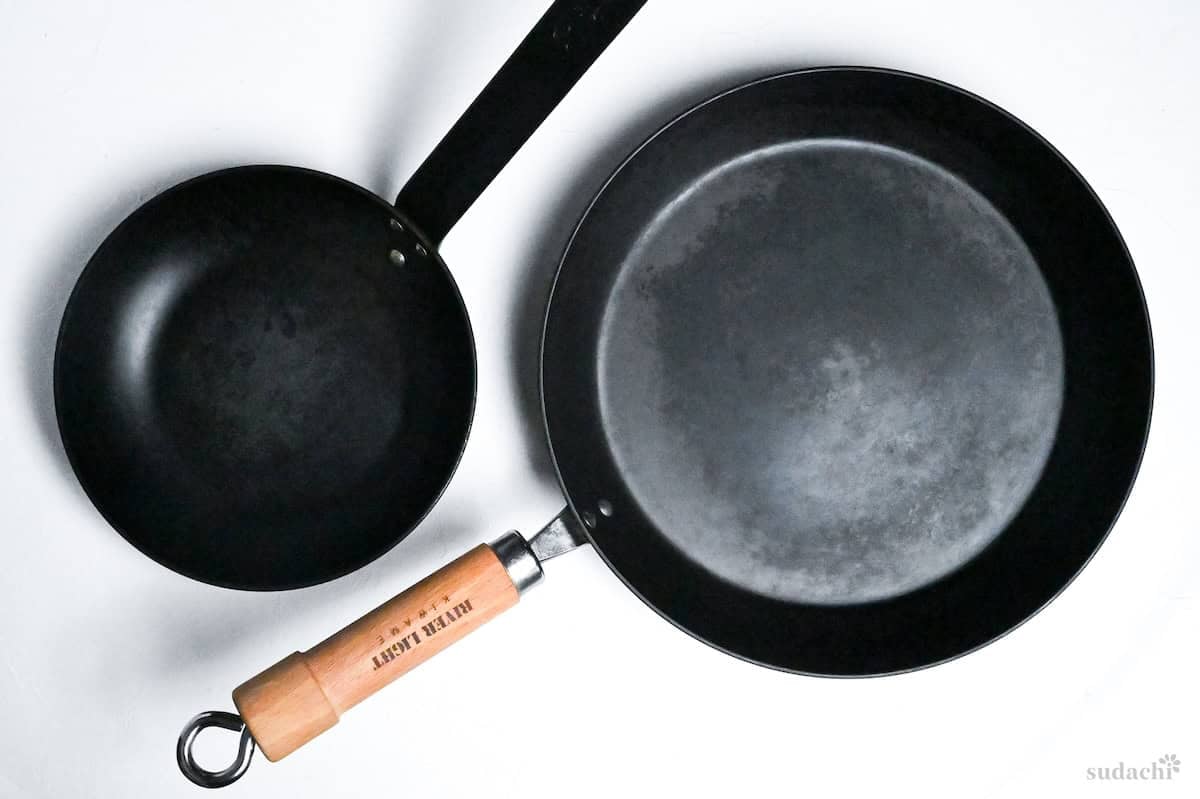
For carbon steel pans, I use the 28 cm heavy bottom River Light “Kiwami” and the smaller 20 cm “Kiwami Pro.”
River Light is a Japanese company known for high-quality iron and copper cookware, and when people in Japan look for a good carbon steel pan, this brand is one of the most popular choices.
You can see the 28 cm pan in action in my 10-min Yakiniku Don video below:
I also love using it for okonomiyaki, where both the size and material work perfectly.

The 20 cm pan is quite small, so I use it for things like eggs or small batches of sautéed ingredients. Recently, I’ve used it for browning the meat mixture for tantanmen.
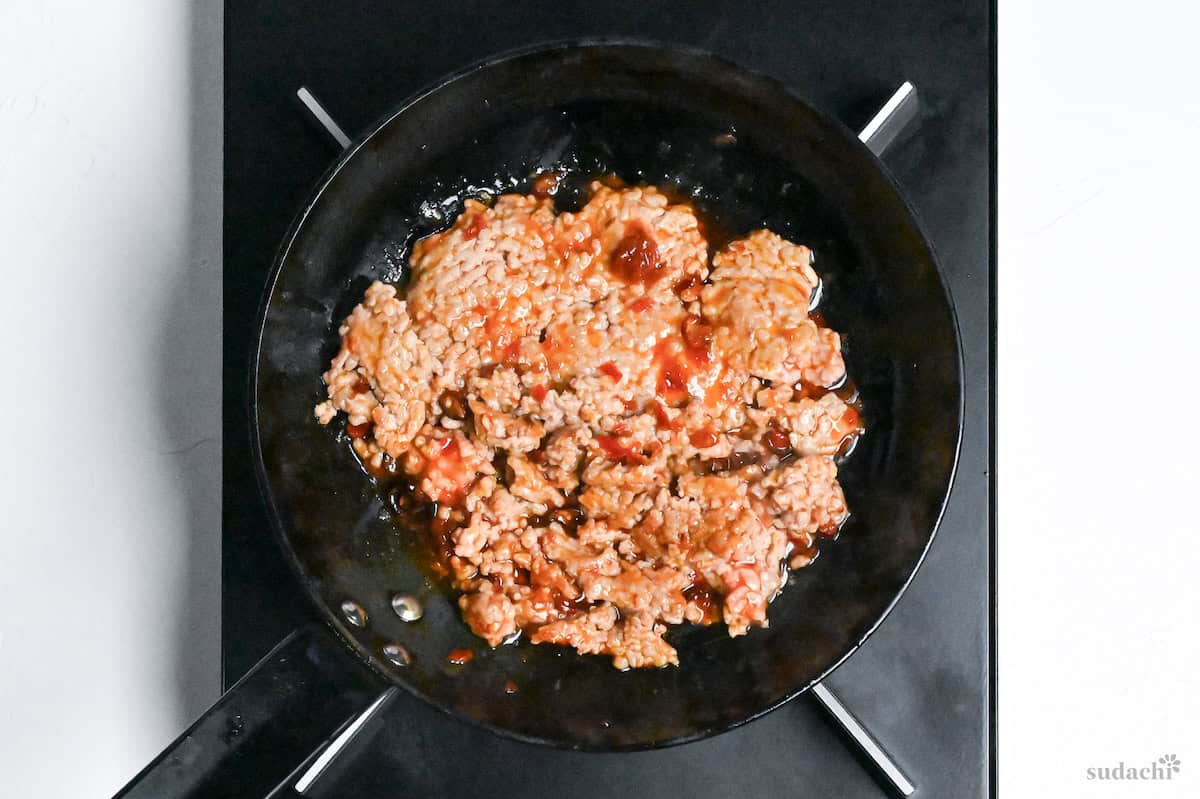
The downside? Carbon steel requires proper oiling and preheating. Food may stick until you get the hang of it, but once you do, it’s honestly hard to go back to nonstick. I personally love the idea of a pan you “grow” over time, seasoning it little by little and letting it become a lifelong companion.
VitaCraft Arizona (Stainless Steel, 27cm)

Until recently, carbon steel was my preferred non-nonstick option. But lately, I’ve really come to love stainless steel too. The biggest advantage is how beautifully it allows fond to form on the bottom, perfect for deglazing and making pan sauces. I now reach for this pan when making dishes like Japanese hamburg steak or hayashi rice.
Vita Craft is an American brand, so it’s relatively easy to find no matter where you live.
The pan I own has a decent depth, which makes it great for simmered dishes like nikujaga as well.
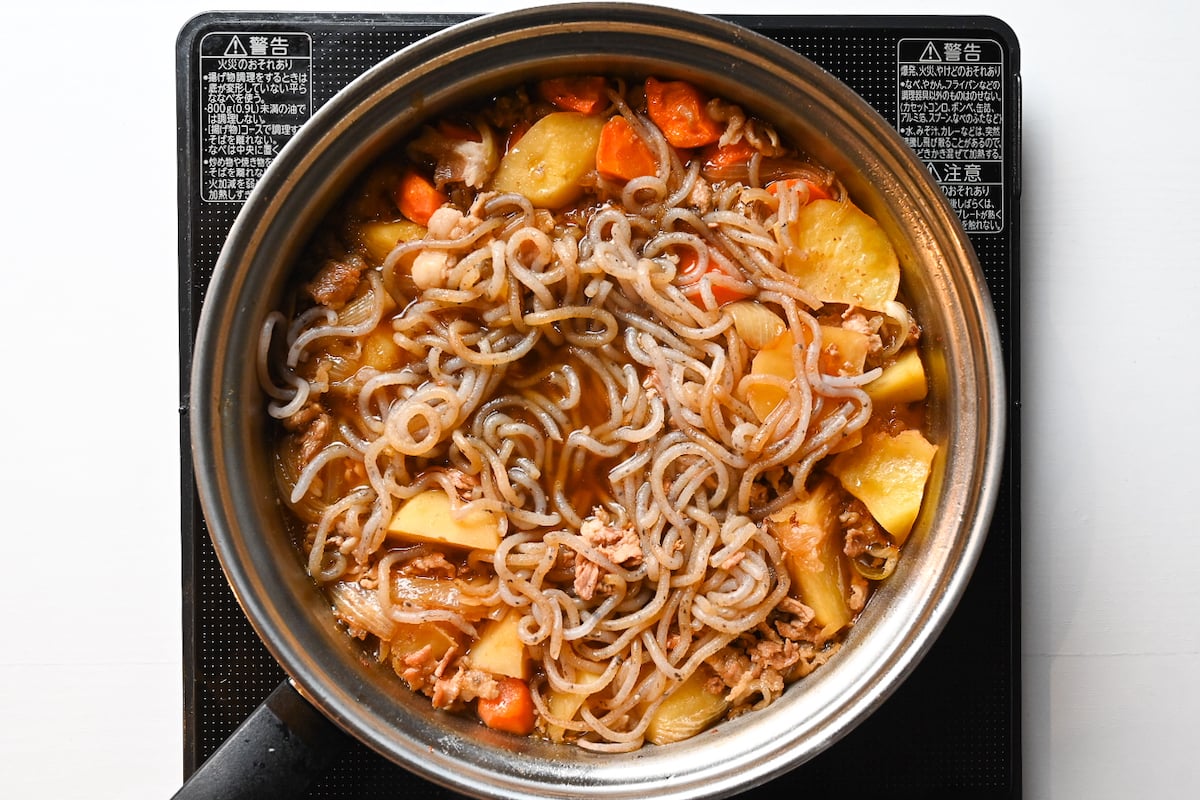
Like carbon steel, stainless steel does require proper preheating, but once heated correctly, it actually sticks less than most nonstick pans. It takes practice, but it’s absolutely worth it.
Demeyere (Stainless Steel, 32cm)
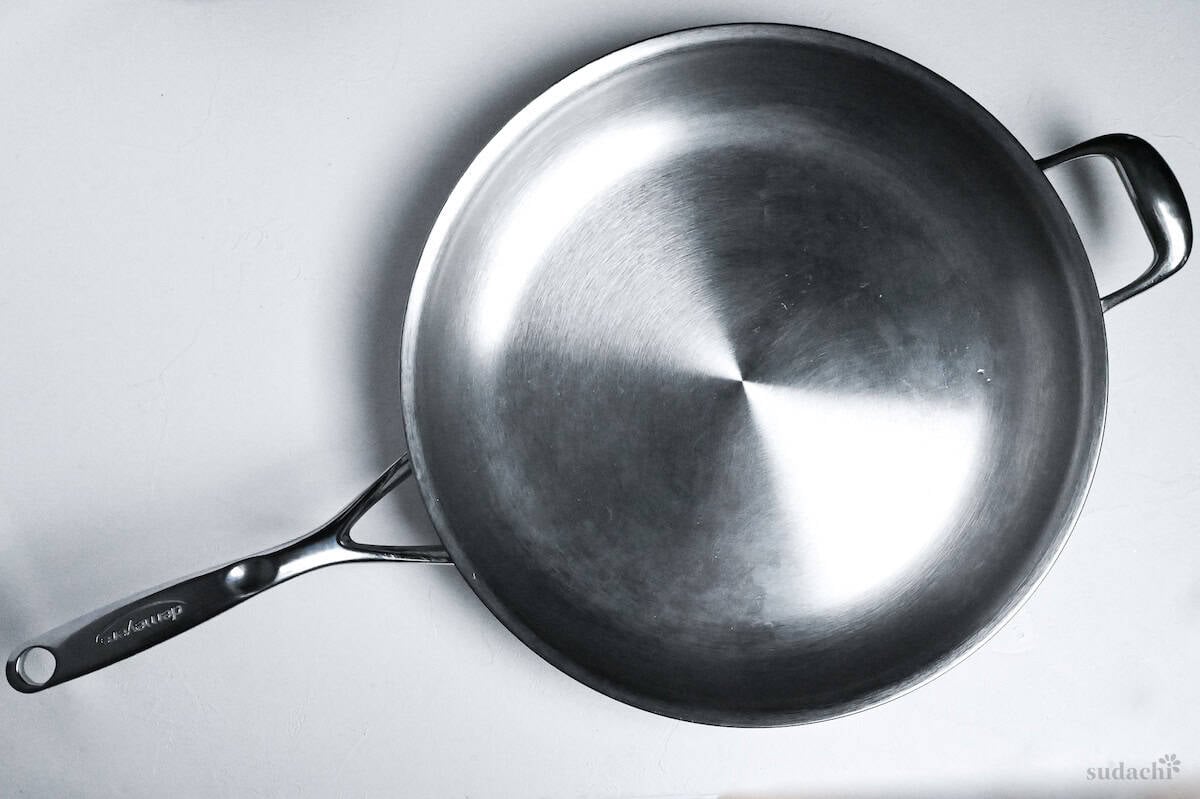
This is the newest addition to my collection. Since I’ve been loving stainless steel pans, I wanted a large one that could fit multiple slices of meat in a single layer. Perfect for recipes like my butadon or ponzu chicken.
As expected from a high-end brand, the multi-layer stainless steel finish is incredibly sleek and beautiful. I don’t have a video using it yet, but I recently made teriyaki chicken in it, and it turned out better than ever. I was genuinely shocked by how much the pan improved the final result.
Vermicular (Cast Iron, 26cm)
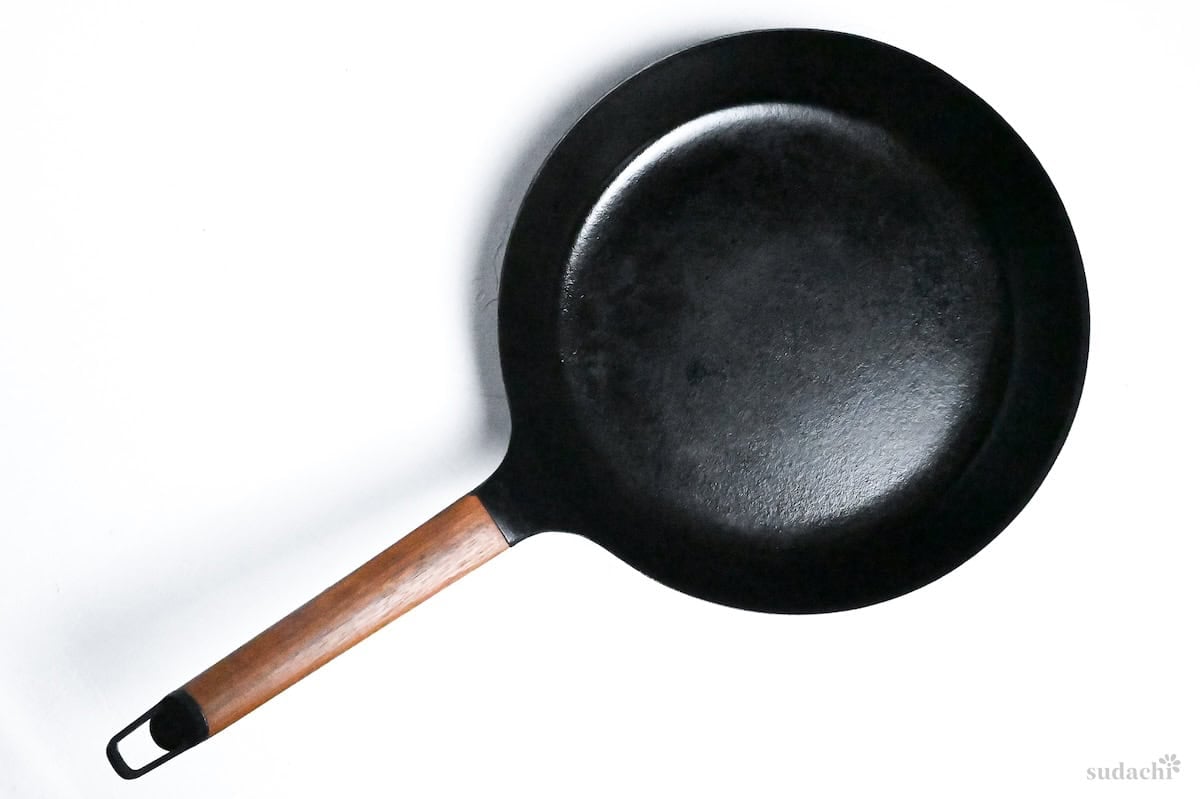
Vermicular specializes in cast-iron cookware, and since their headquarters are located in Nagoya (my local area) I had to give their skillet a try. It looks fantastic, and I especially love using it to make gyoza, which creates beautiful crust.
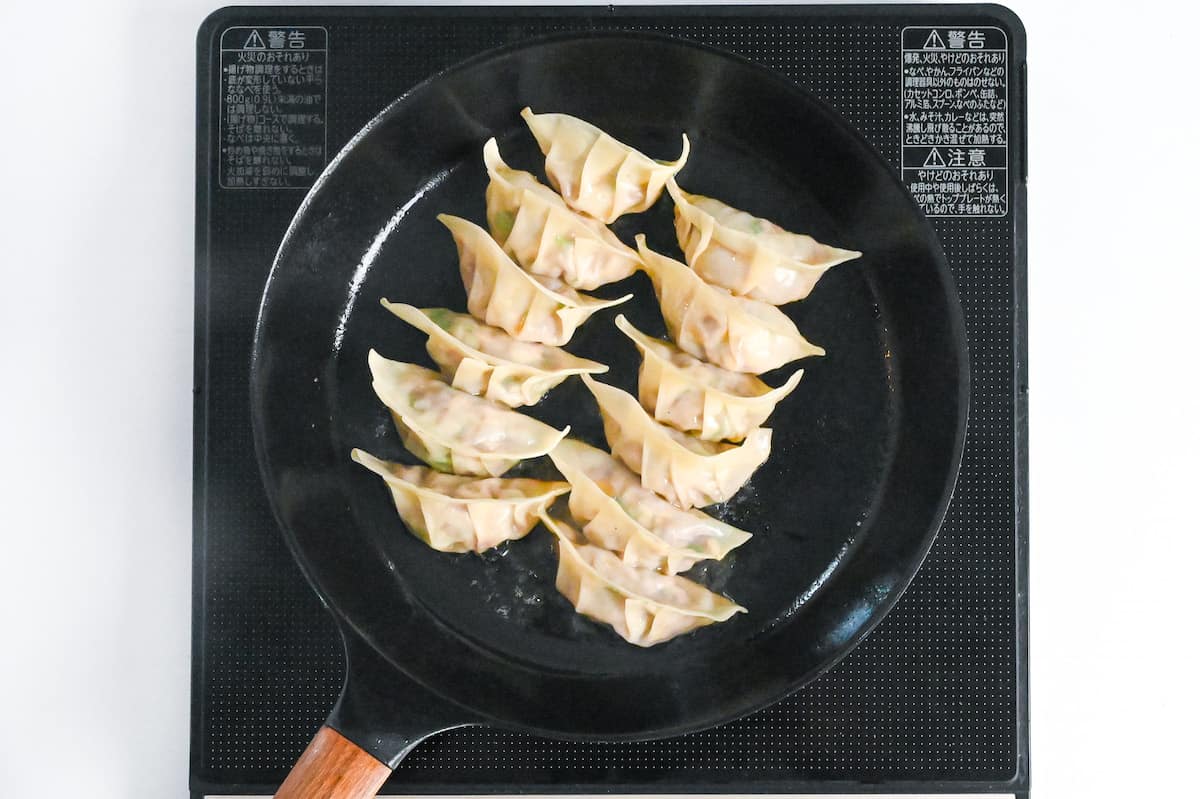
That said, I personally still prefer carbon steel and stainless steel for everyday use, so this pan sees slightly less action in my kitchen.
Ballarini Salina (Non-stick, 24cm)
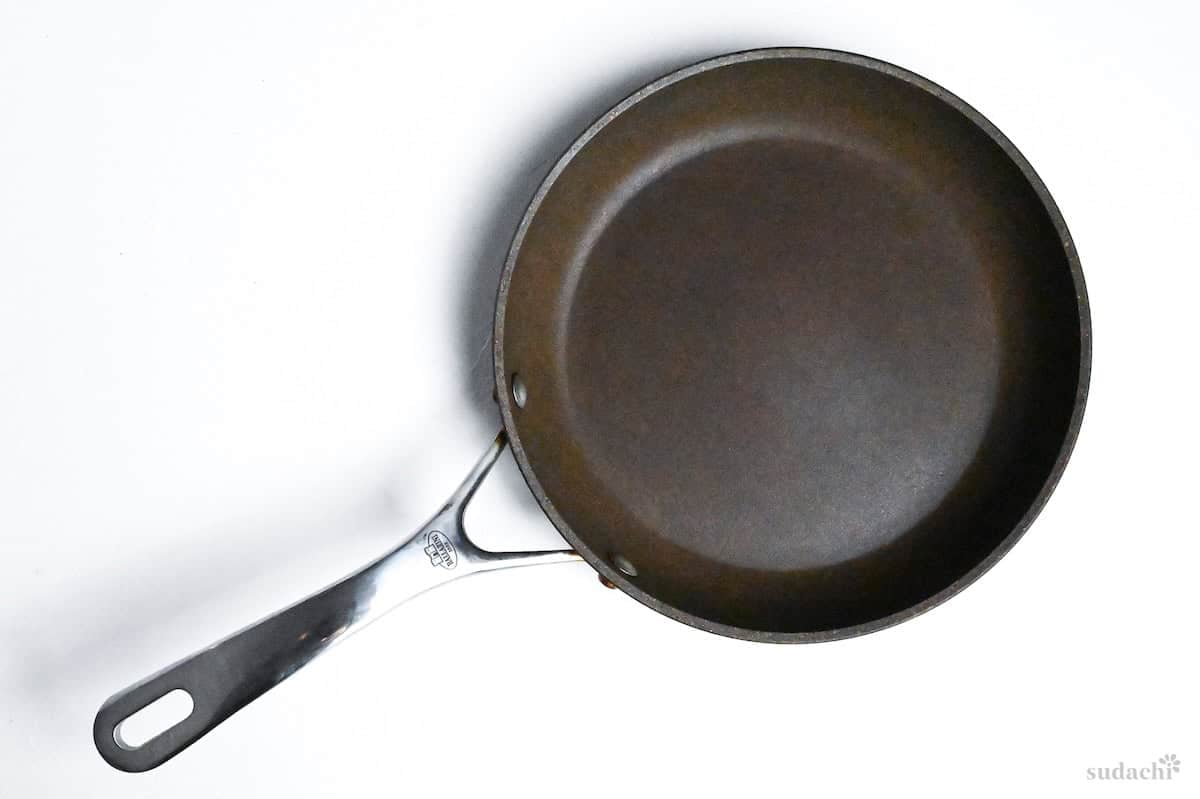
When it comes to nonstick pans, Ballarini is hands-down the best I’ve ever used. I’ve tried many brands over the years, and while some wear out quickly, Ballarini consistently outperforms them. Even when the coating eventually wears down on my current one, I know I’ll only replace it with another Ballarini.
It’s stylish, durable, and while slightly heavier than some competitors, the build quality makes up for it. I don’t use nonstick pans very often nowadays, but if I do, this is the one I recommend the most.
Yukihira Pots
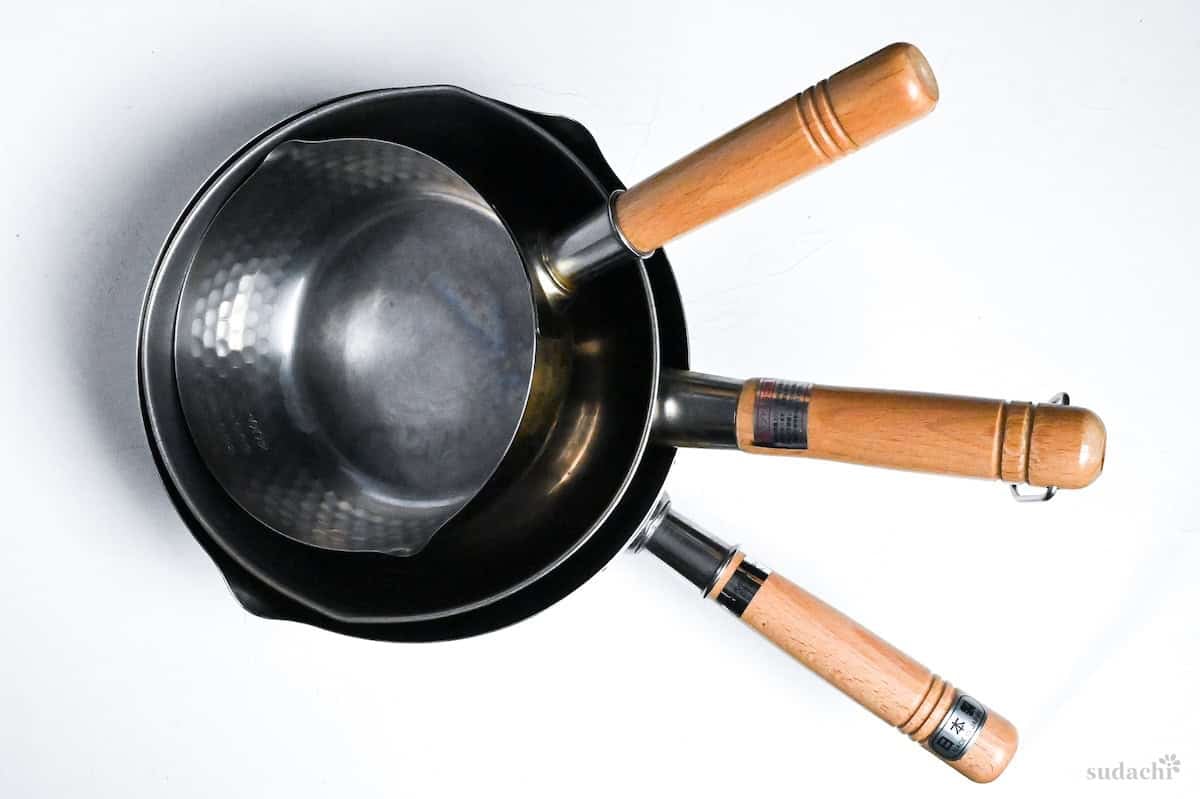
A yukihira nabe is a classic Japanese single-handled pot that you’ll find in almost every traditional kitchen. It has a rounded bottom, a lightweight metal body, a pouring spout, and a wooden or resin handle. Because it heats quickly and evenly, it works for simmering, boiling, steaming, blanching, and even light stir-frying.
What I love most is how versatile it is. I use mine for miso soup, boiling noodles, and basically any dish that involves broth or liquid.

I own three different sizes (16cm, 20cm, 24cm): one aluminum and two stainless steel. Interestingly, I use all three about equally. They look distinctly “Japanese,” too, so I highly recommend adding at least one to your kitchen.
Rice Cooker & Rice Paddle

Over 99% of households in Japan own a rice cooker. That’s how essential it is. Japanese cuisine is built around plain steamed rice, and honestly, imagining daily cooking without a rice cooker is pretty scary.
Sure, you can cook rice in a pot, but it requires close attention to the heat, timing, and moisture, and as you might’ve seen in my videos, one moment of distraction can ruin the whole batch. Doing that every day is simply unrealistic.
A rice cooker, on the other hand, requires nothing more than adding rice and water and pressing a button. It cooks perfectly, keeps the rice warm, and even lets you schedule it in advance.
I’ve been using this Zojirushi model for several years, and it’s available in the U.S. as well. It’s useful not only for Japanese dishes but for all kinds of Asian cooking.

And once the rice is cooked, you absolutely need a proper rice paddle. A regular spoon doesn’t compare. I use a stylish rice paddle from Staub, and it’s become one of my favorite small tools.
Wok

For my wok, I use the River Light Kiwami carbon steel model (30cm). Honestly, I can’t imagine cooking without it. If you’re planning to buy a wok, carbon steel is absolutely the way to go. It heats quickly, responds instantly to temperature changes, and works for everything from chinjao rosu and ebi chili to fried rice and even casual deep-frying.

In Japan, we also have an entire category of Chinese-inspired dishes known as chūka, and this wok is essential for making those recipes at home.
Tempura Pot

Whenever I post a deep-frying video on YouTube, I always get questions like, “What pot is that?” and “Where can I buy it?”. The pot everyone is referring to is this Yoshikawa tempura pot, which I’ve been using for years.

The built-in wire rack is incredibly functional. You can rest fried items on it, and any excess oil drips right back into the pot. It also comes with a thermometer, which is crucial for maintaining the correct frying temperature. Being able to check the temperature at a glance makes a huge difference in the final result.
If you enjoy deep-frying at home, I highly recommend getting this pot.
Cooking Chopsticks (Saibashi)
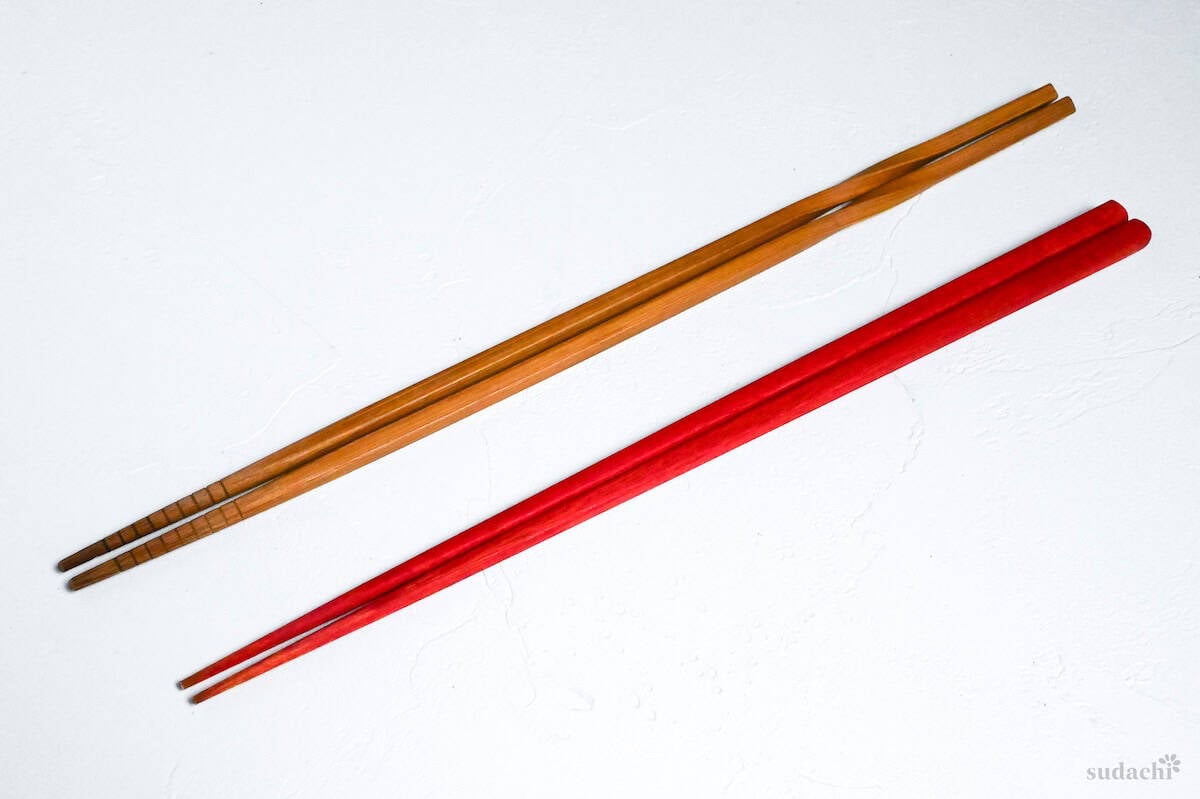
I almost never cook without saibashi, long Japanese cooking chopsticks. Unlike regular chopsticks, saibashi are designed specifically for cooking. They’re longer, easier to handle around heat, and usually made from wood or bamboo so they don’t damage pans.
Maybe it’s because I grew up using chopsticks, but these feel like an extension of my hands. They’re incredibly versatile: flipping ingredients, blanching vegetables, stirring noodles, plating delicate items, you name it.
If you enjoy cooking Japanese food, having a set of saibashi will make the process smoother, faster, and honestly a little more fun.
Oroshigane/Microplane Grater
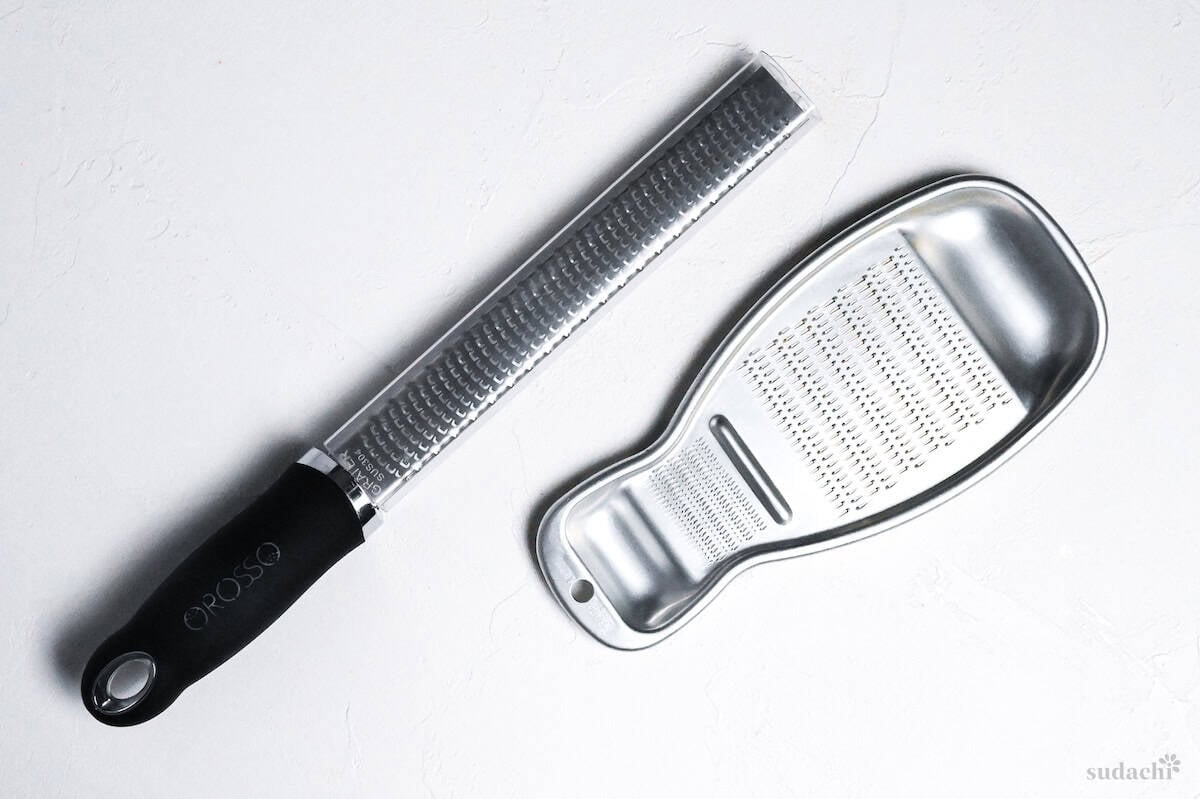
If you’ve followed several of my recipes, you already know I use a lot of freshly grated ginger and garlic. You can use store-bought pastes, but lately I’ve committed to using only freshly grated aromatics. For that, you need a tool that grates ingredients into a smooth, paste-like texture.

The traditional option is an oroshigane, a Japanese grater with small raised teeth on a metal or ceramic plate. It has a very authentic look and works well for daikon, ginger, wasabi, garlic, and more.

However, oroshigane can sometimes be tricky to use depending on the ingredient, and cleaning them isn’t always easy. The grated paste tends to get stuck between the tiny teeth.
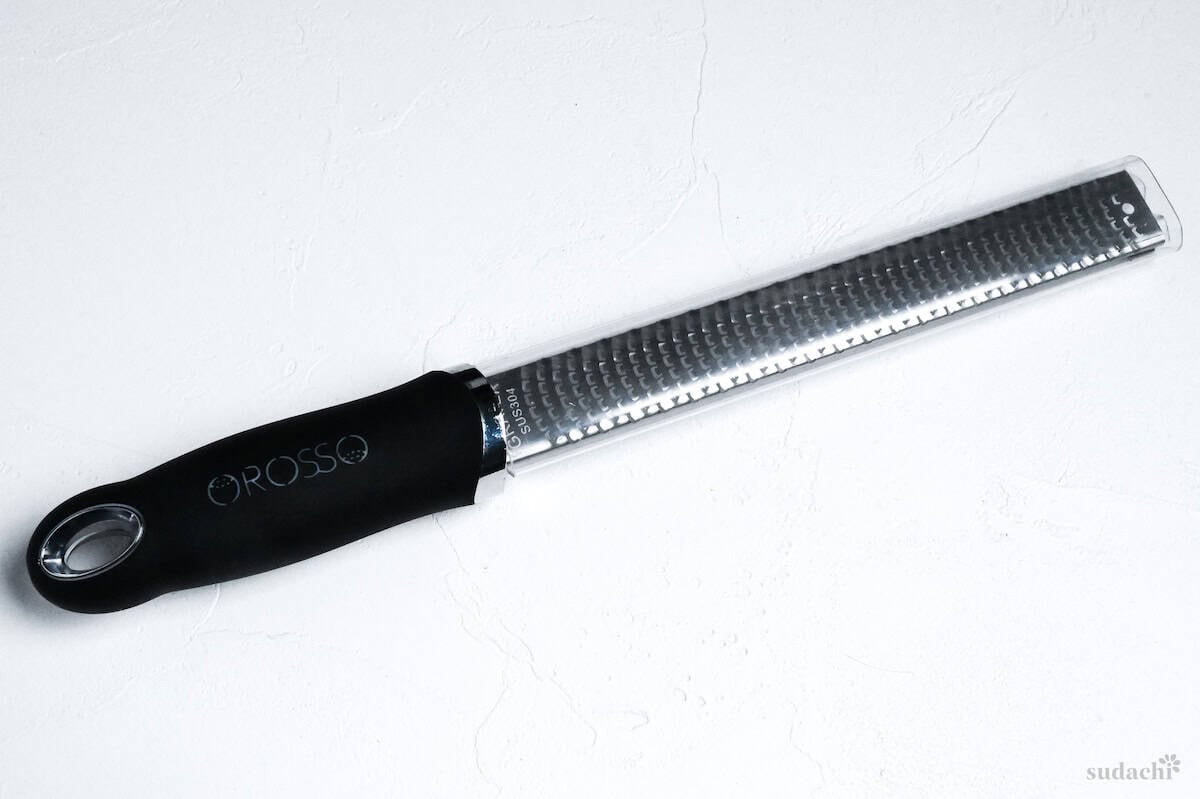
That’s why these days, I often reach for a Microplane grater instead. It creates an incredibly fine paste with minimal effort and is much easier to clean, making it perfect for everyday ginger and garlic prep. And if you’re a baker, it’s perfect for zesting lemons and oranges too.
Miso Strainer

If you make miso soup frequently, a miso strainer is one tool I truly recommend. It allows you to dissolve miso smoothly without any lumps, giving you a cleaner, more refined soup. It’s such a common item in Japanese households that I’d almost call it a must-have.
Once you start using one, the overall quality of your miso soup noticeably improves.
Onigiri Molds
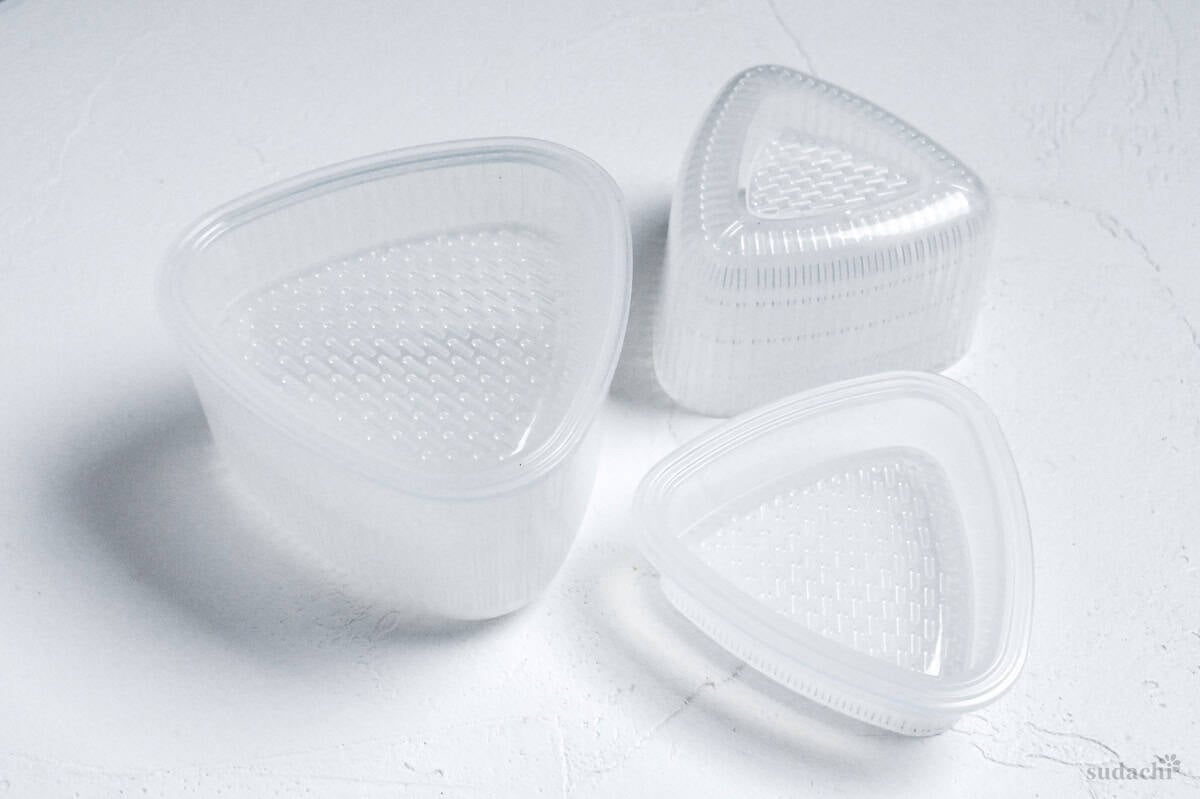
If you want to make onigiri quickly and consistently in the same shape, these molds are incredibly useful. I’m fairly fast at shaping onigiri by hand, but even so, I find myself using molds often. They’re simply convenient and fail-free.
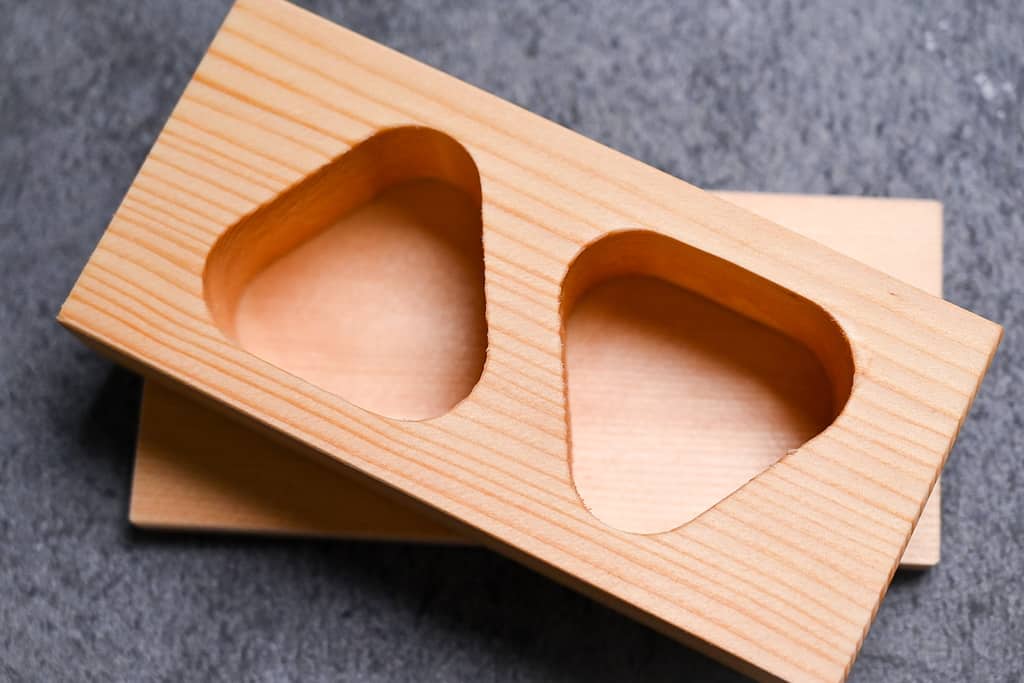
They come in materials like plastic or wood. Wooden molds look beautiful, but in terms of practicality, plastic ones are unquestionably easier to use and maintain.
If you love onigiri, having a mold will make your life much easier.
Donabe

For enjoying Japanese hot pot at home during the winter, a donabe (Japanese clay pot) is essential. Cooking your hot pot in a donabe makes a huge difference in both presentation and experience. If you want that authentic atmosphere, definitely get a donabe along with a small tabletop gas burner.
Otoshibuta

An otoshibuta is a traditional Japanese drop lid used when simmering dishes. By placing the lid directly on top of the ingredients, the bubbling liquid hits the lid and falls back down, helping flavors distribute evenly. It also prevents ingredients from floating to the surface or breaking apart during cooking.
You can find drop lids made from silicone, stainless steel, or wood and I own all three types.
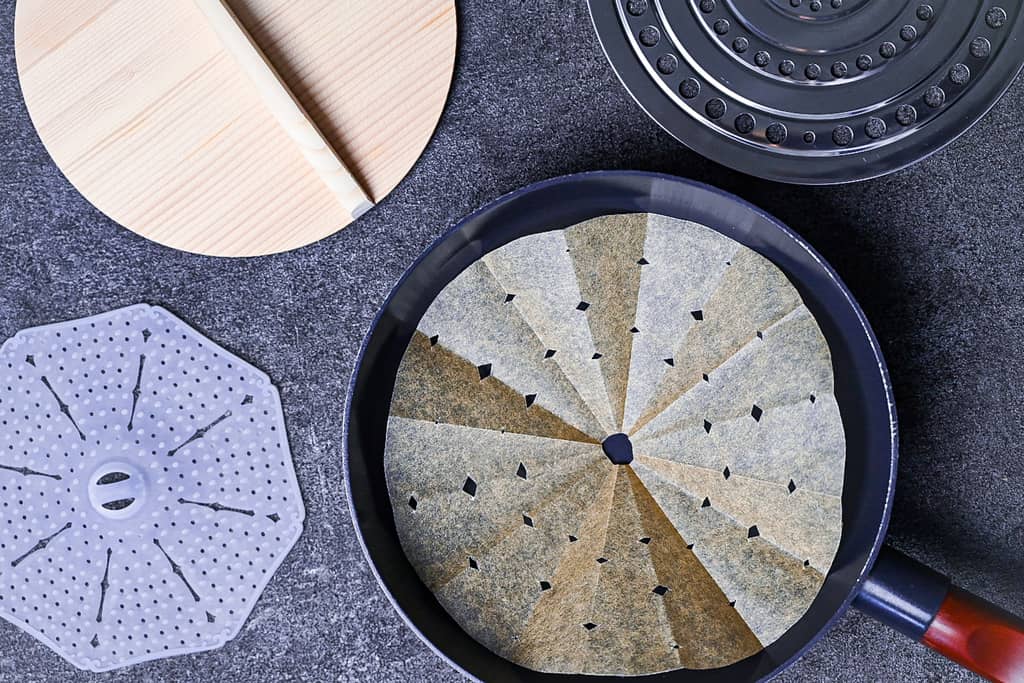
You can make a DIY otoshibuta using baking paper, but having at least one proper, store-bought otoshibuta is incredibly convenient. I personally recommend the stainless steel type, especially now that adjustable-size versions are available. Once you buy one, you rarely have to think about drop-lid size again.
Sushi Rice Set
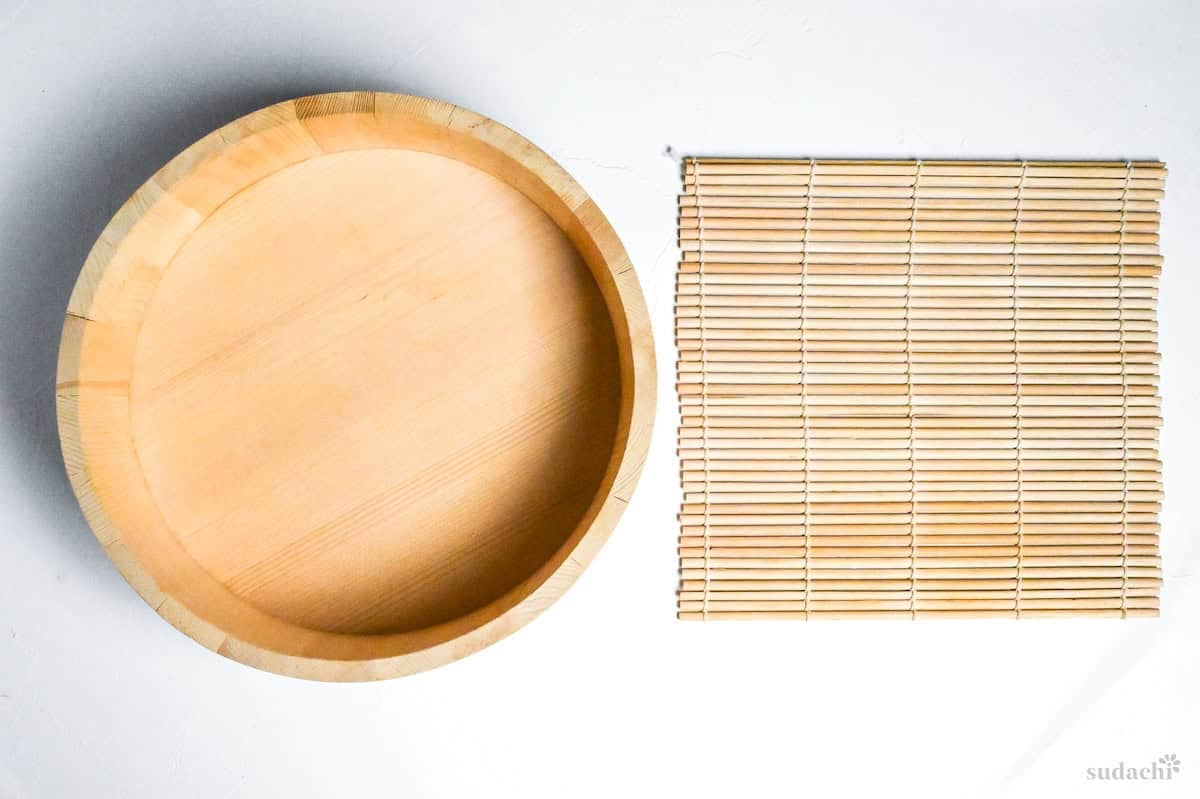
To make proper sushi rice, the two tools you absolutely need are a hangiri (wooden sushi tub) and a makisu (bamboo rolling mat). Technically, you can make sushi rice without a hangiri, but it really enhances the experience (visually and practically) and makes you feel like you’re truly “making sushi.”
A makisu, on the other hand, is essential for rolling sushi, whether it’s futomaki or hosomaki.
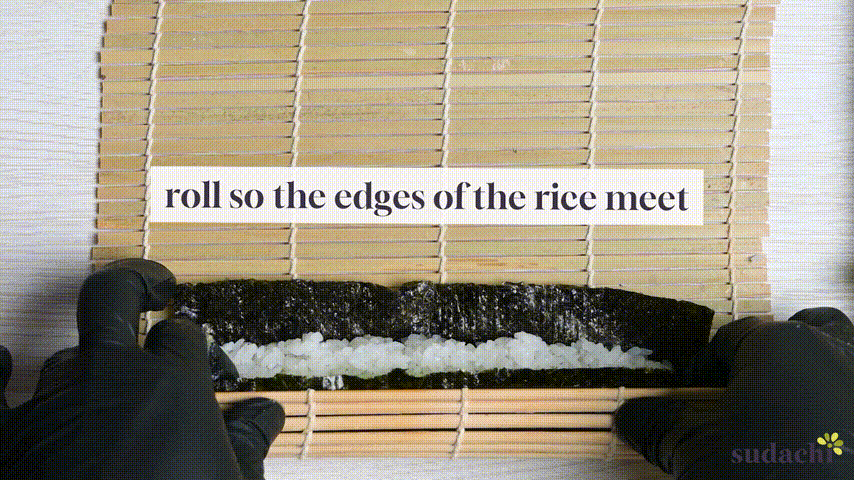
For the complete method for perfect sushi rice, be sure to check out my recipe and video.
Takoyaki Pan
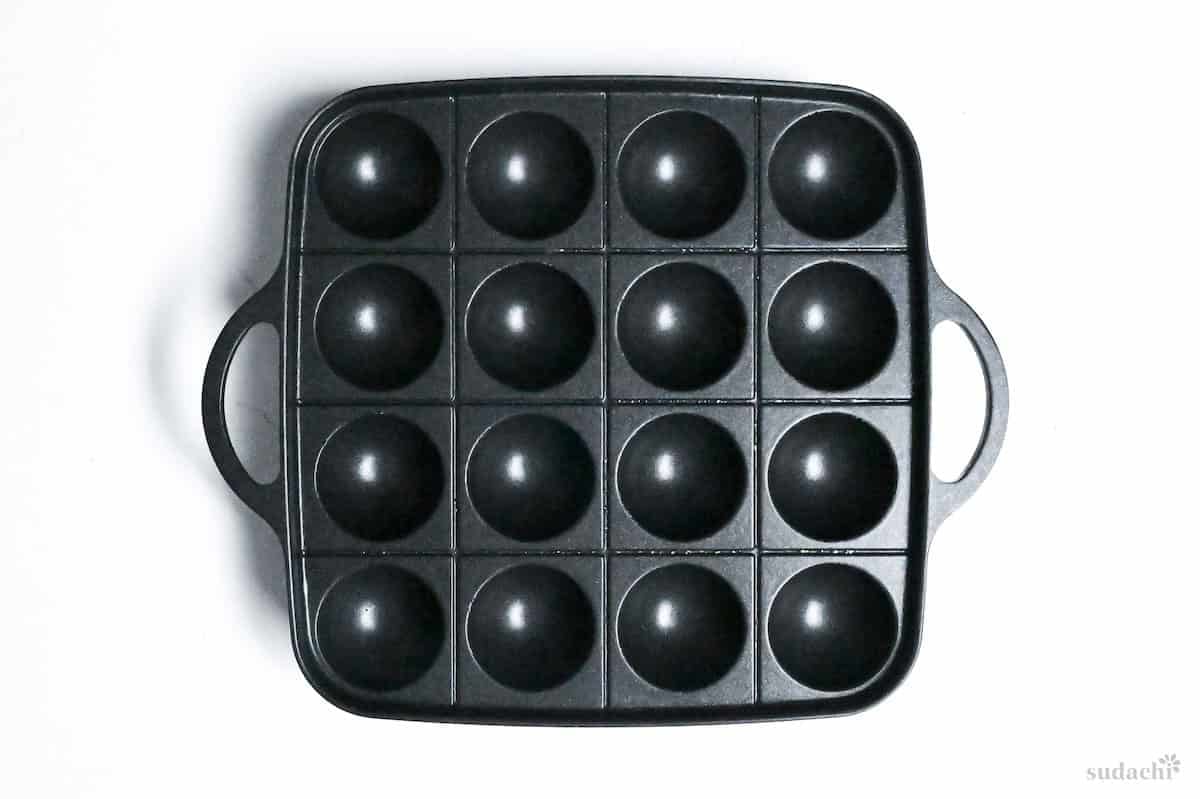
A takoyaki pan is essential for making perfectly round takoyaki. There are several types, electric grills, gas-powered, or simple stovetop plates. I personally prefer the stovetop plate that sits directly over a gas burner, but choose what best fits your own kitchen setup.

And despite what many people think, making takoyaki at home isn’t that difficult. With my recipe, you don’t even need store-bought takoyaki mix. If you enjoy takoyaki, I highly recommend trying it at home. It has much more depth and flavor than frozen versions.
Taiyaki Pan
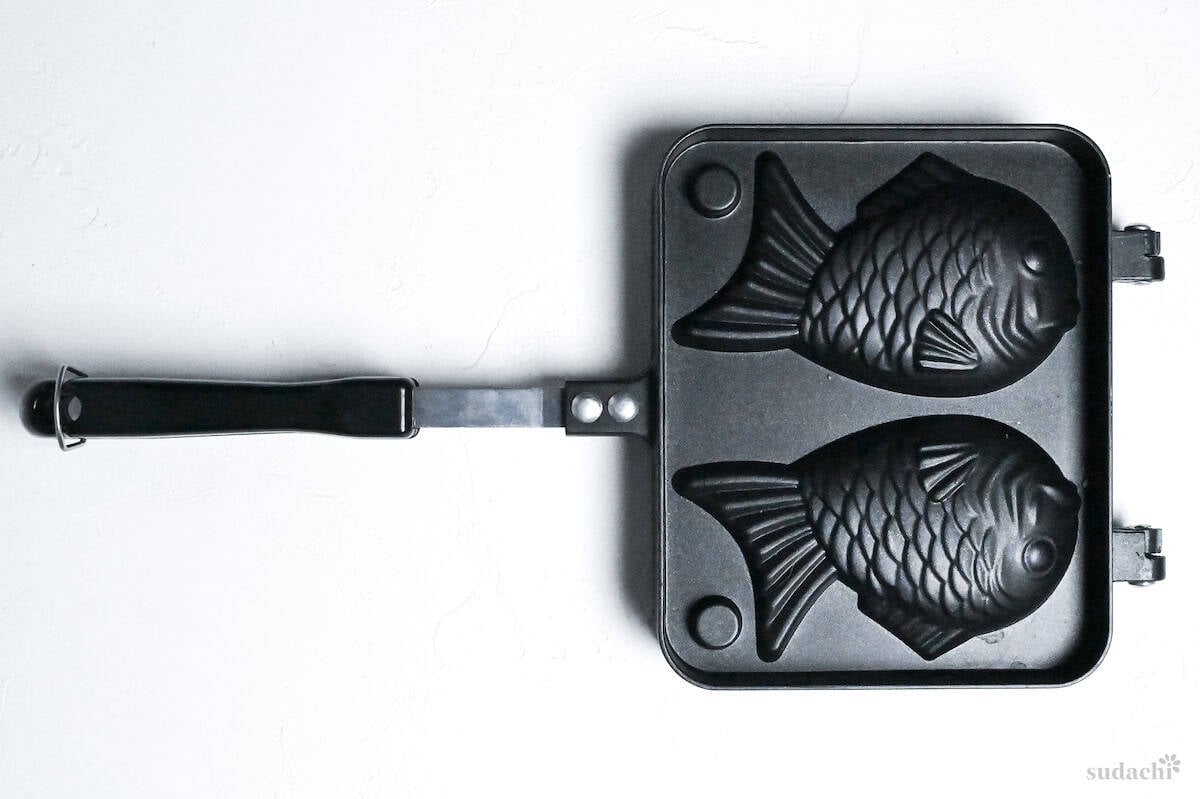
Just like takoyaki, taiyaki is surprisingly easy to make at home. There are electric models and stovetop plate-style pans, but I personally prefer the stovetop type. If you want to try making taiyaki at home, this pan is absolutely essential.
Oyakodon Pan
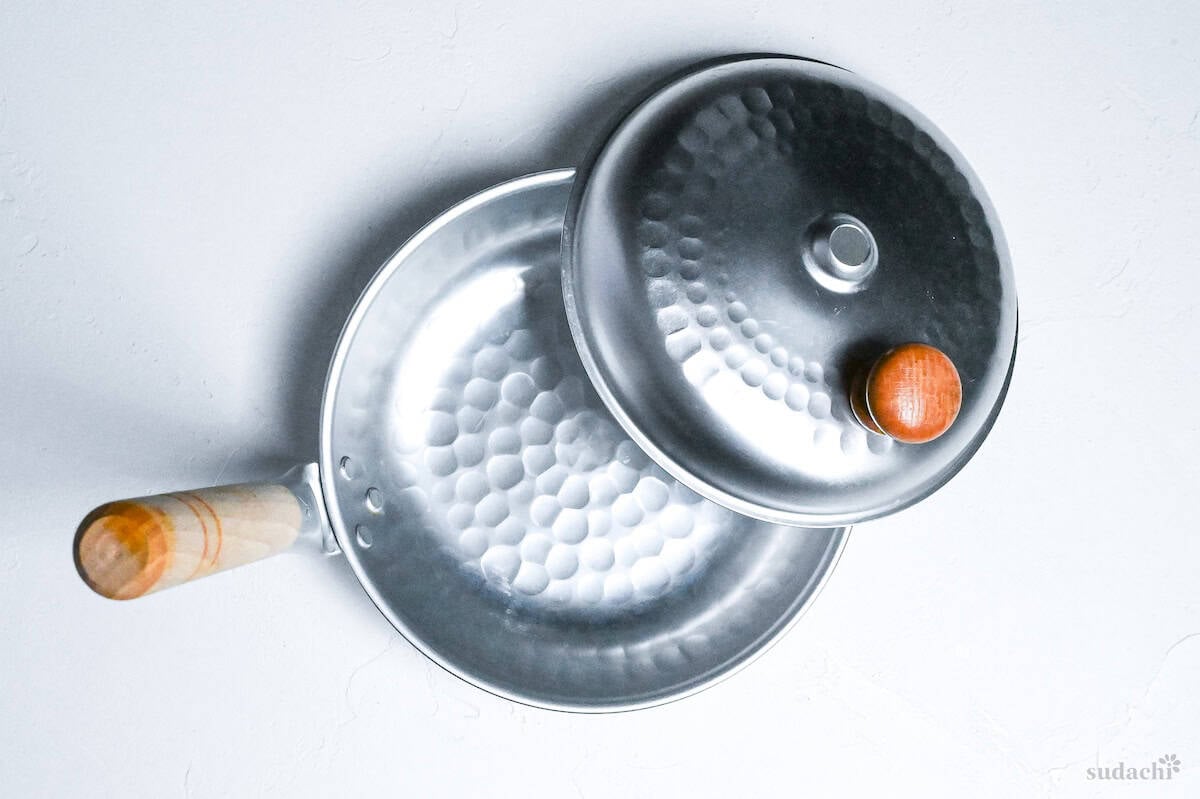
Owning a specialized oyakodon pan is definitely a luxury. For dishes where the egg is gently set over the ingredients, such as oyakodon, tanindon, or katsudon, this pan helps you cook and transfer everything beautifully in one piece.

The downside is that it only makes one serving at a time, so it isn’t the most efficient tool for cooking in batches. But if you love these classic Japanese rice bowls and want to recreate that perfectly set, restaurant-style finish, this pan is incredibly useful.
Steamer

I don’t use my steamer very often, but it’s indispensable when I’m making shumai, nikuman, or occasionally steaming vegetables.

You can use a traditional bamboo steamer, but I find that this simple two-tier metal steamer works perfectly well for my needs.
Tamagoyaki Pan

A tamagoyaki pan is something I recommend only if you plan to make rolled omelets (tamagoyaki or dashimaki tamago) on a regular basis. Outside of that, it doesn’t have much use, but if you love Japanese-style omelets, it’s a wonderful tool.
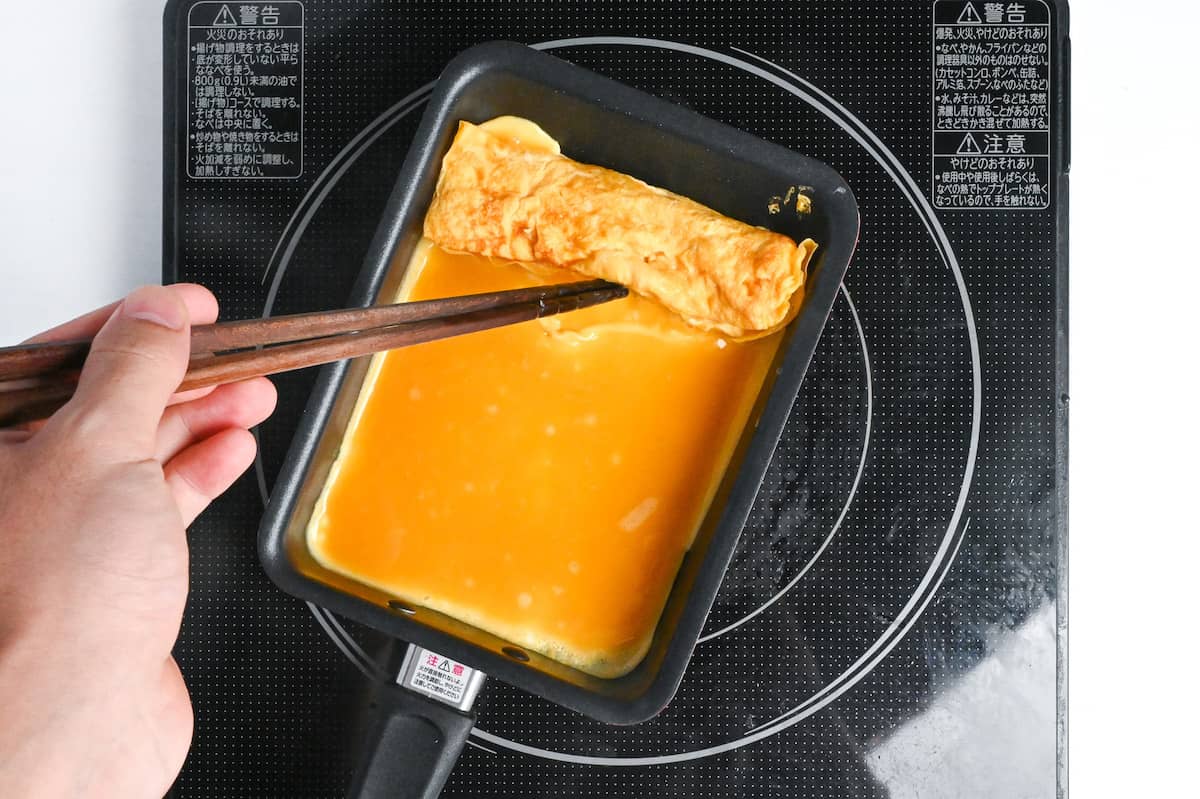
Suribachi (Japanese Mortar)

I don’t use my suribachi very often, but if you can’t easily buy pre-ground sesame seeds where you live, it becomes incredibly useful for grinding sesame by hand. The texture and flavor are fantastic when freshly ground.
Matcha Whisk (Chasen)

If you enjoy drinking matcha, making matcha lattes, or creating desserts like matcha tiramisu, having a chasen is worth it. It’s a beautifully traditional tool and satisfying to own and use.

Cooking Thermometer
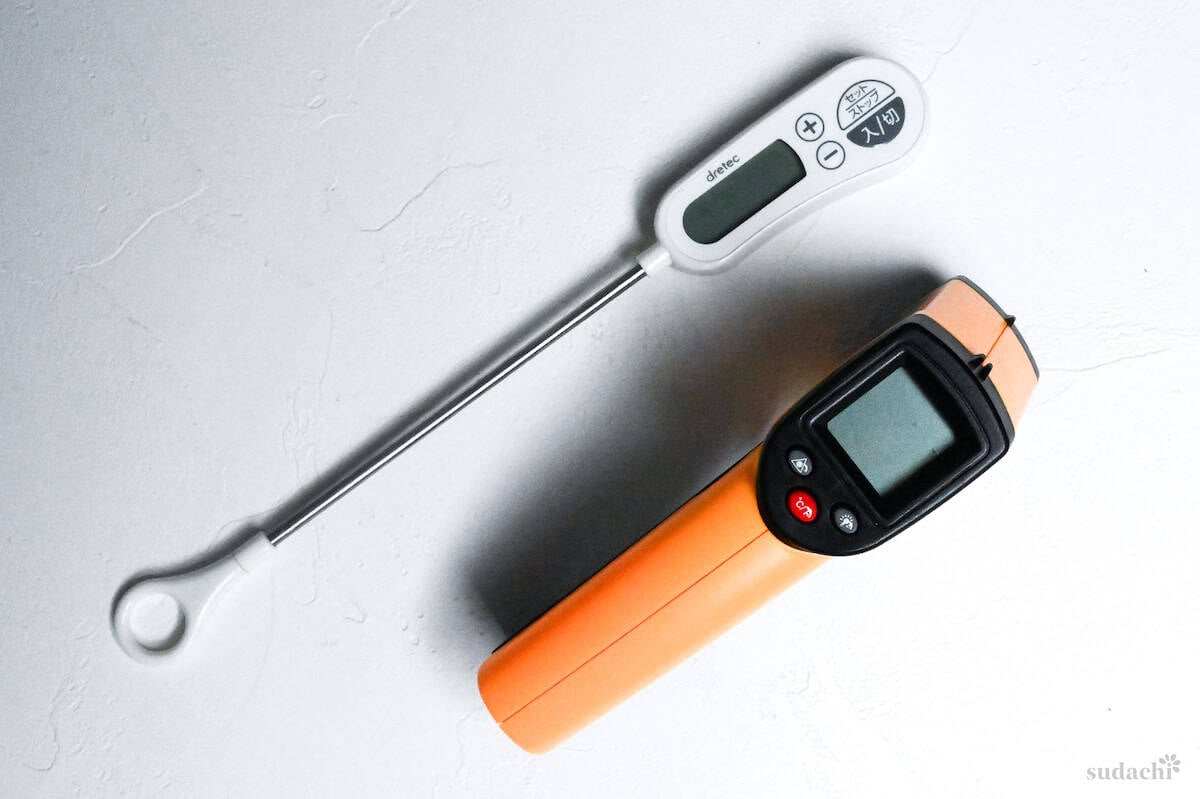
For checking the surface temperature of your pans or the temperature of frying oil, I highly recommend a infrared thermometer. I use mine quite often. For checking the internal temperature of meat and fish, you’ll want a probe-style thermometer as well.
Surprisingly, I use thermometers far more often than I’d expected. They’re essential for anyone who wants precision in their cooking.
Want to Explore Beyond This List?
These are the main tools I use most often in my everyday cooking. But of course, this still isn’t a complete list of everything I own or recommend.
If you’d like to dive deeper into Japanese kitchen tools and ingredients, feel free to check out the following pages:
- My Amazon Storefront: for even more kitchen tools I use or recommend
- My Recommended Japanese Seasonings: a curated list of the essentials
- Niche Pantry Items: unique ingredients that take Japanese cooking to the next level
There’s plenty more to explore!















Leave a rating and a comment